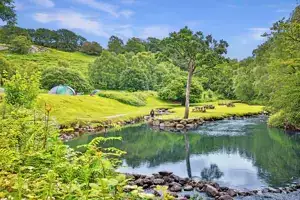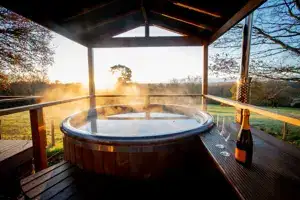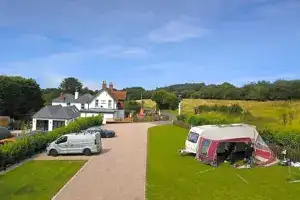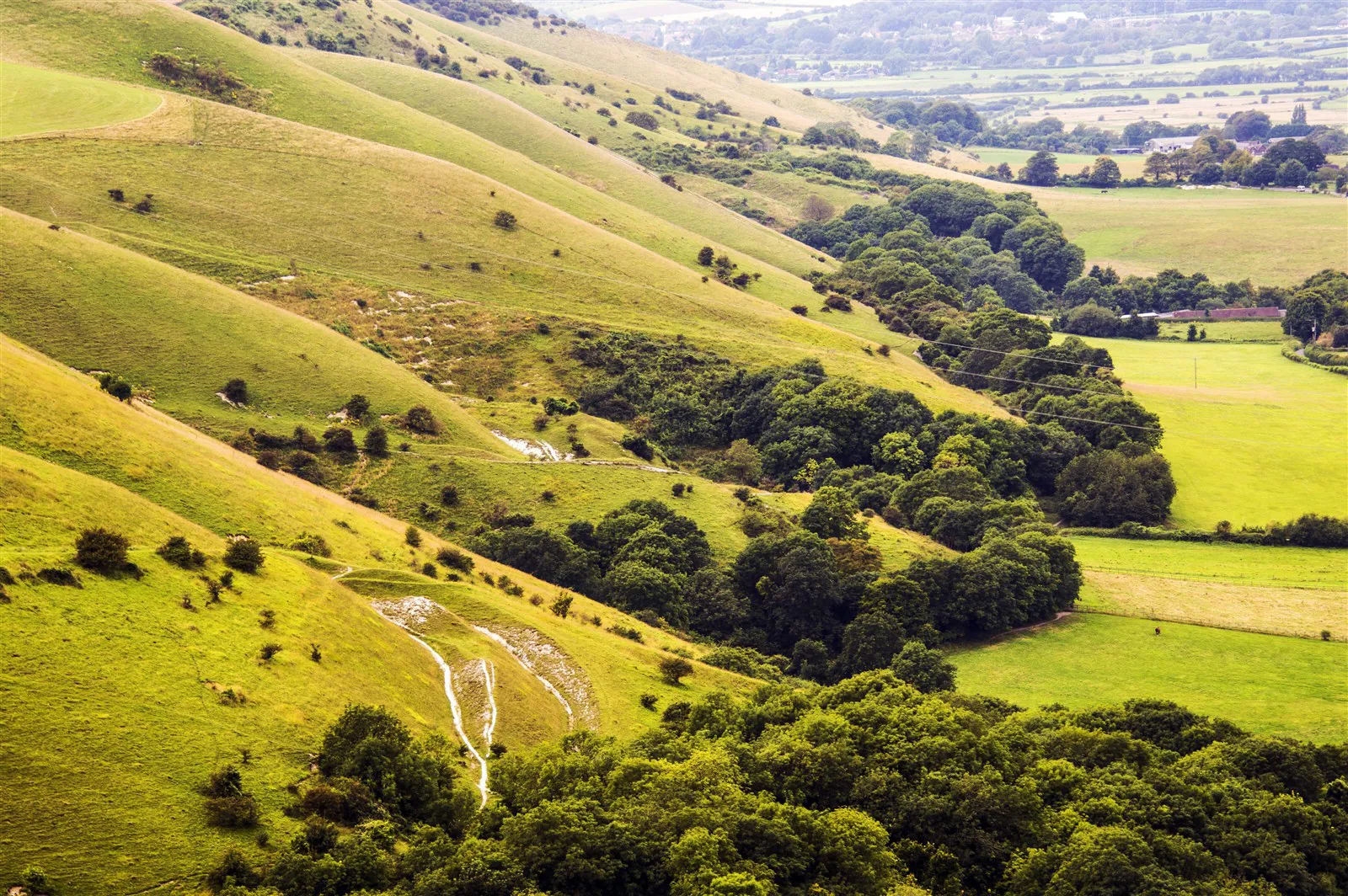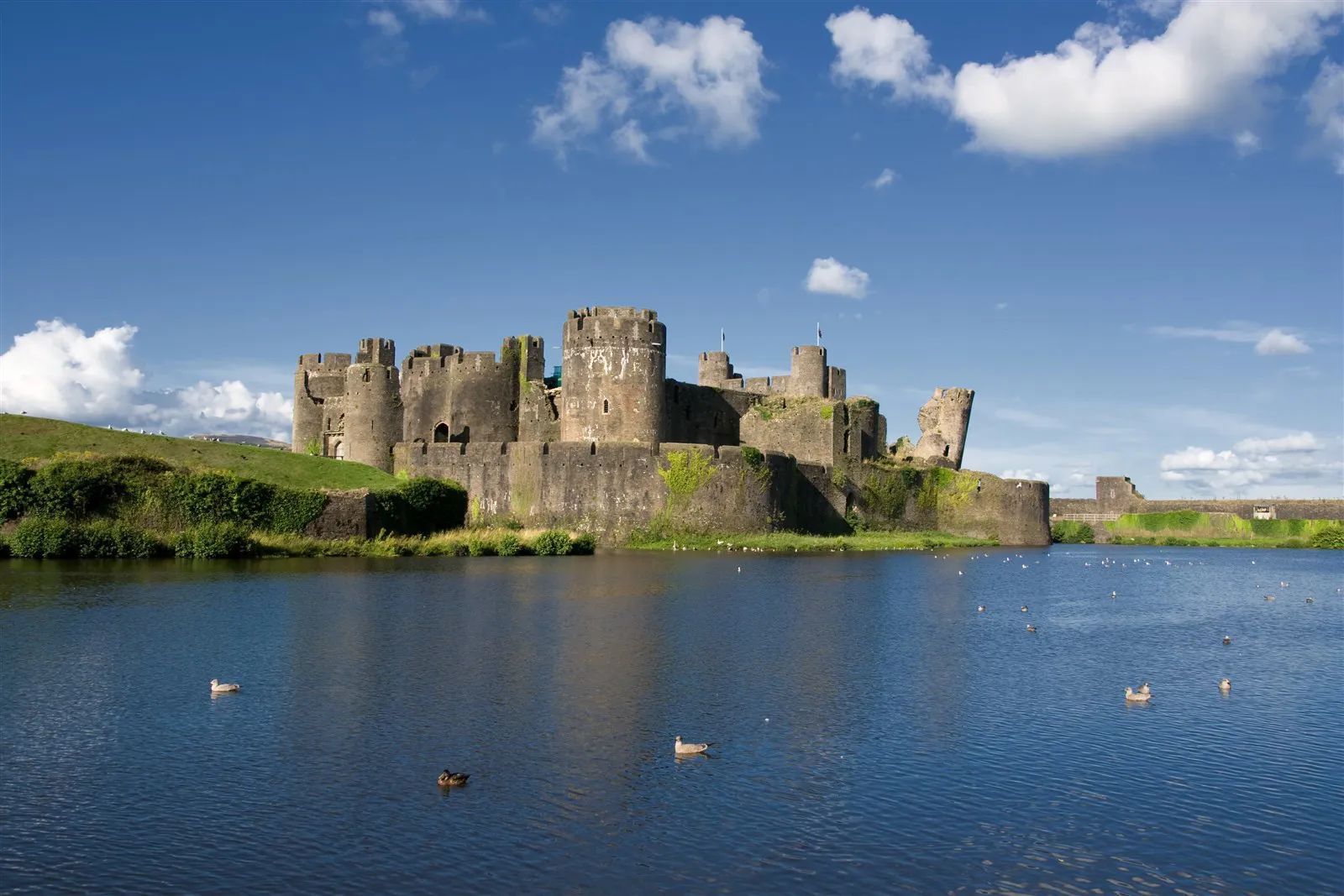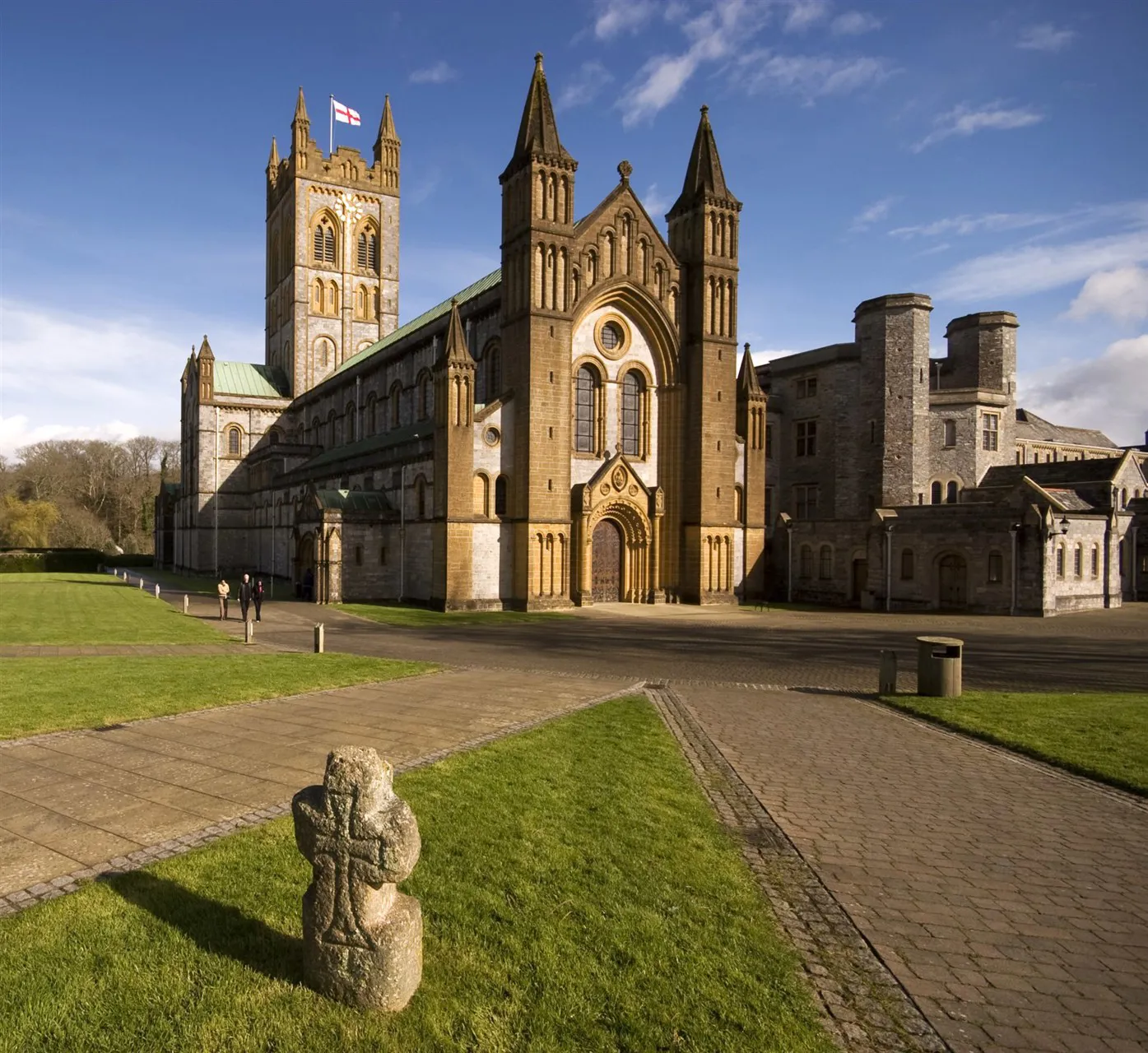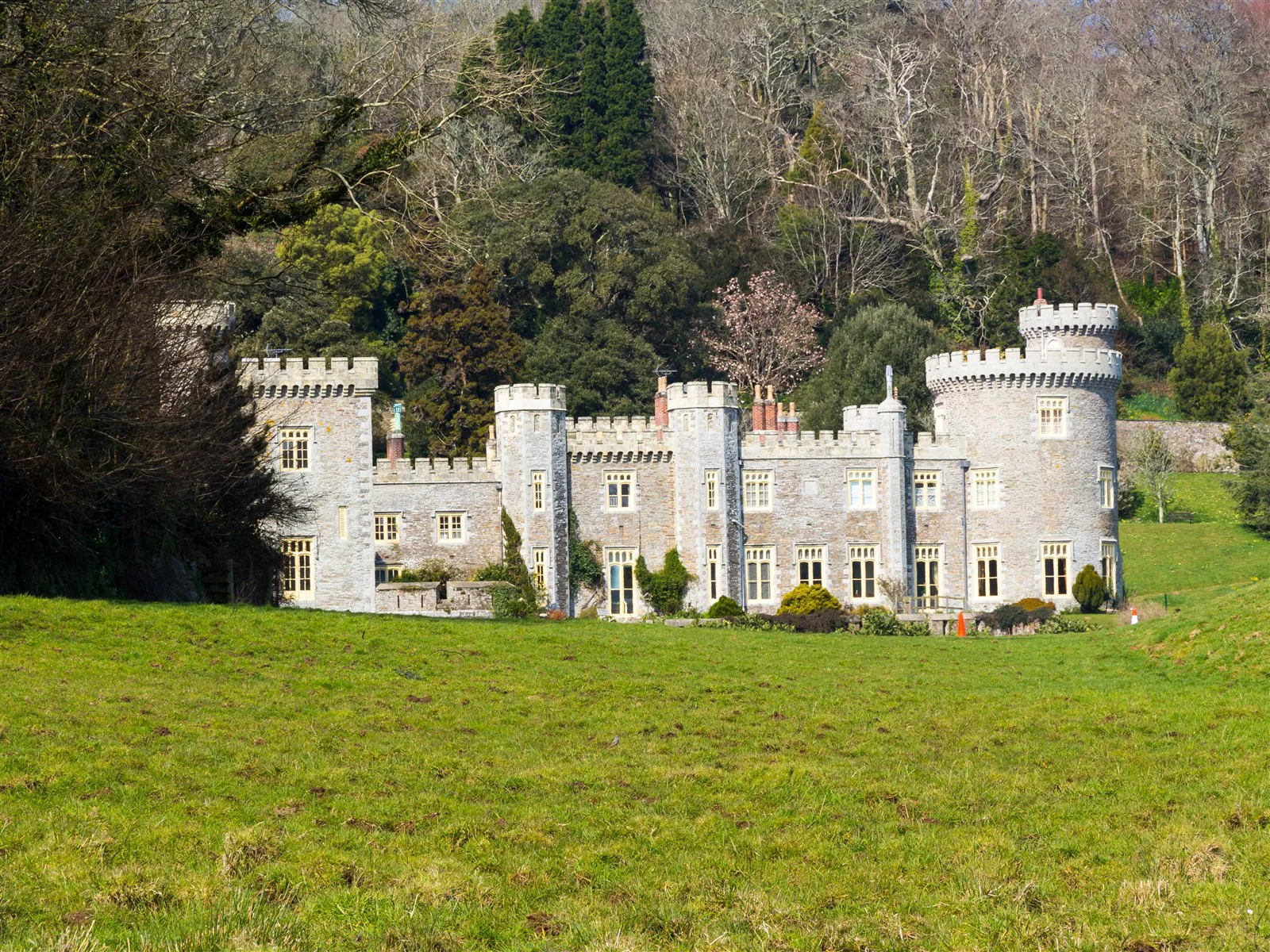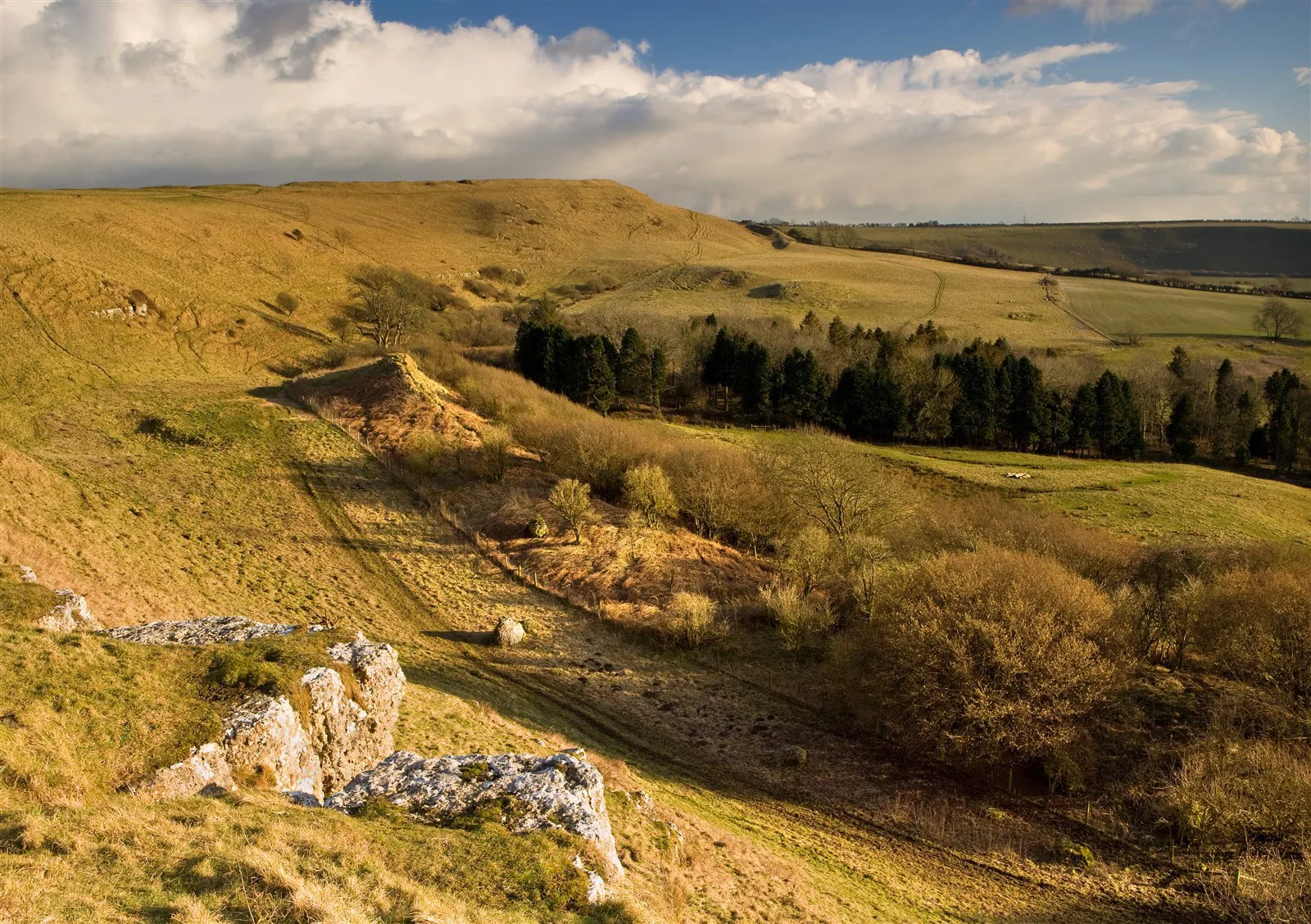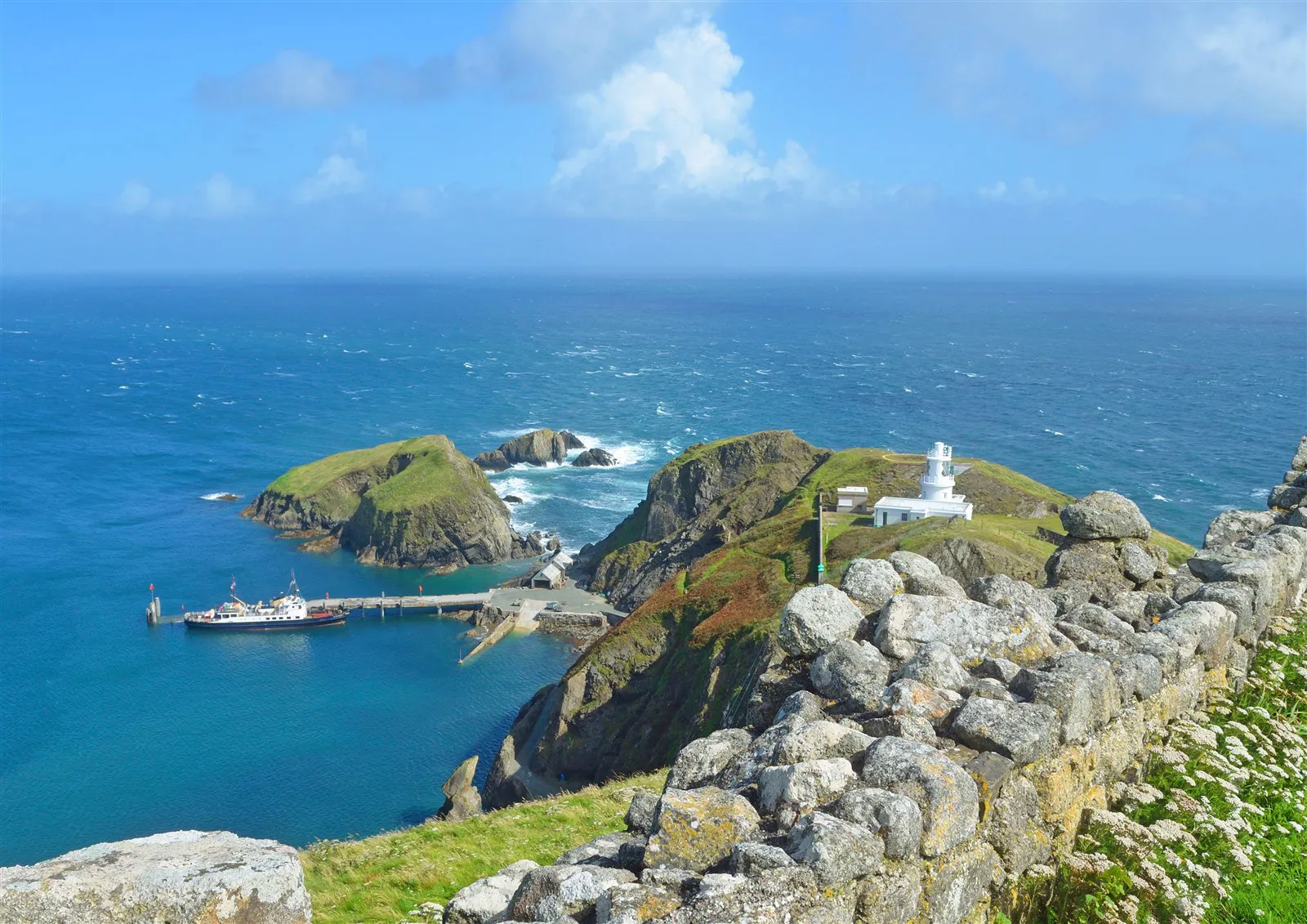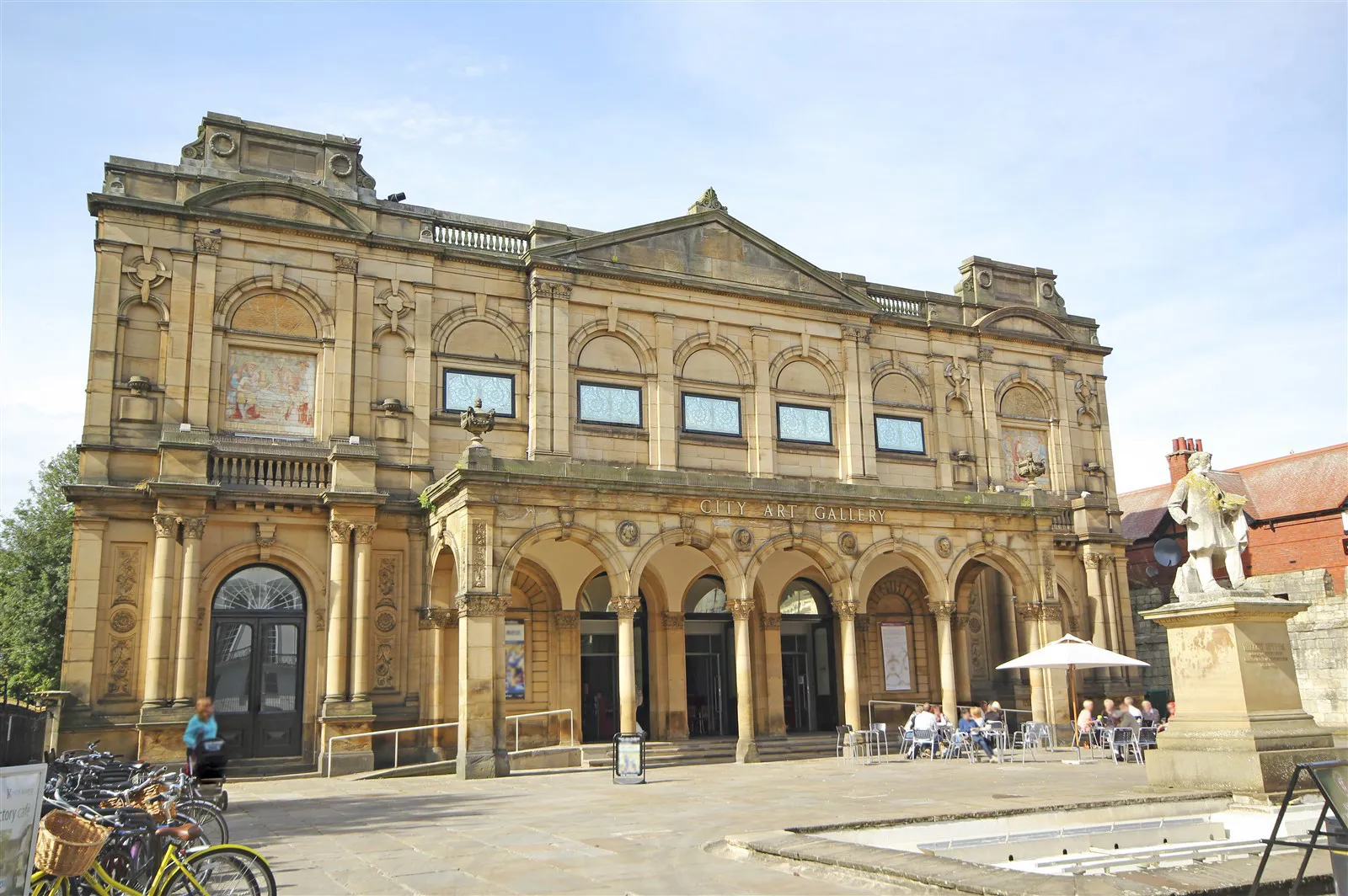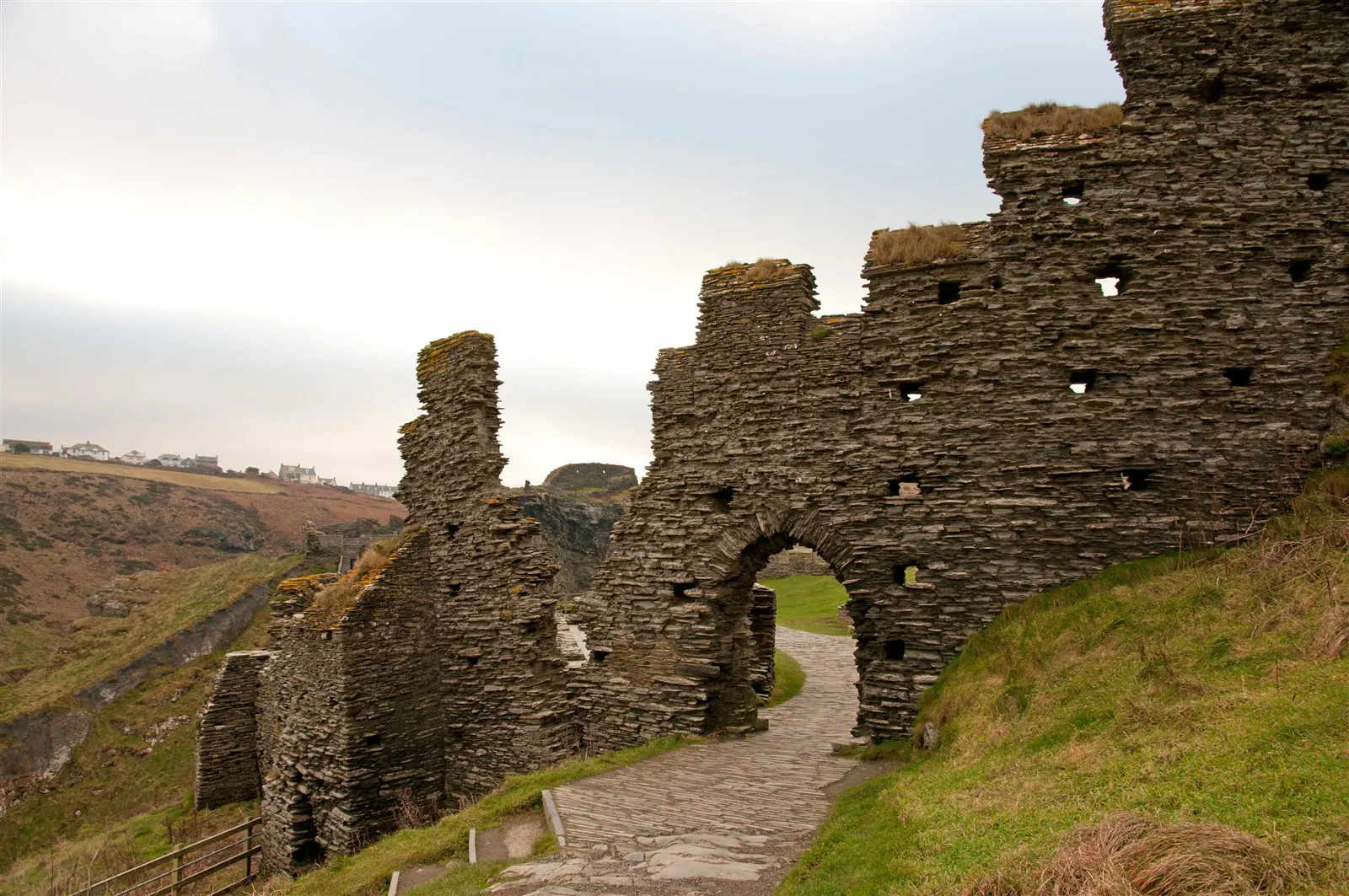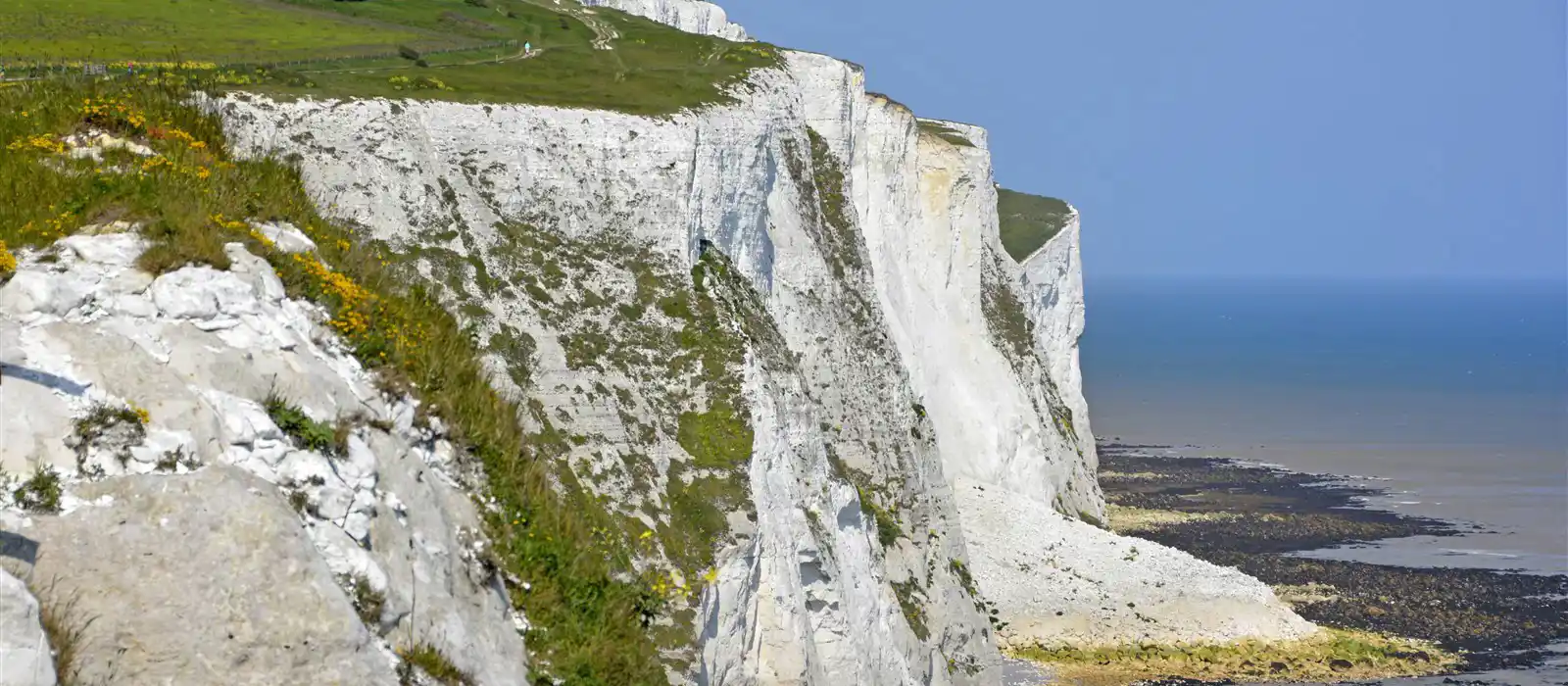
Several lesser-known White Cliffs of Dover facts
Facing out across the sea to Europe, the White Cliffs of Dover are England’s most notable natural landmark. The 10 miles of chalky fossilised sea shells have stood tall through numerous invasion attempts, from Julius Caesar in 55 BC to Hitler's Nazis, and have gained a reputation across the world as a symbol of peace.
Named by the Guardian as one of the UK's top 10 places to walk, here are a few little-known White Cliffs of Dover facts to show why you should make a visit part of your trip to Kent.
The basics
Formed by ice-age floods, the cliffs are up to 110 metres high (350 feet) and run east and west from Dover in Kent, stretching 8 miles in total. The Strait of Dover is the shortest distance between England and France (a little under 21 miles) and on a clear day you can see the cliffs from the French coast.
Entry to the Visitor Centre on Langdon Cliffs is free, as is parking if you are a National Trust member (£3.50 otherwise).
Hidden Tunnels
Considered an impenetrable frontier, the White Cliffs of Dover garner a great deal of national pride. However, few people realise that hidden behind the rock face are a series of tunnels created during the Napoleonic War and leading from Dover Castle.
During World War II, the tunnels were enlarged and transformed into a secret network connected to Winston Churchill’s military headquarters. During the Battle of Britain in 1940, reporters gathered to watch the aerial dogfights.
Bluebirds
There’ll be blue birds over
The White Cliffs of Dover,
Tomorrow, just you wait and see.
There’ll be love and laughter
And peace ever after
Tomorrow, when the world is free
These are the famous lyrics sung by the Forces Sweetheart Vera Lynn. The song was a popular hit during the war-torn 1940s and made the cliffs famous as a symbol of peace.
The blue birds were a romantic embellishment on the part of dear Vera, but there are plenty blue butterflies to love and laugh with instead. You can download identification sheets from the National Trust website to help name all the different species of wildlife on your cliff top walk.
Ship wrecks
Two ship wrecks are visible during a cliff-top walk. The first is the SS Falcon, which can be seen from the viewpoint in Langdon Hole. This was carrying a cargo of hemp and matches - so it is perhaps unsurprising that it caught fire.
The second wreck can be seen just off the shores of Fan Bay. Preuβen was a German trade vessel and became wrecked in a collision with RMS Brighton due to a miscalculation in speed. While at Fan Bay, don't miss the Fan Bay Deep Shelter - a tunnel complex constructed during World War II as accommodation for the gun battery here. The sound mirrors here were part of an early warning system for the detection of incoming enemy aircraft.
Echinoid, brachiopod, bivalve and sponge fossils are all frequently found here too.
Exmoor ponies
For some 20 years, a herd of hardy and semi-wild Exmoor ponies have acted as the natural equivalent of a lawnmover for the cliffs, keeping the grass, hawthorn and thistles under control.
Samphire Hoe
A new piece of England has been born amongst the White Cliffs of Dover. Samphire Hoe is a man-made feature which used 4.9 million cubic metres of waste product from the Channel Tunnel excavation to reclaim land at the foot of the cliffs.
Packed full of wildlife, it is a fantastic place to appreciate the grandeur of the cliff face, while the quiet beach is considered a hidden gem.
Seven Sisters
The White Cliffs of Dover are a globally recognised landmark but can look somewhat similar to the equally chalky Seven Sisters Cliffs in Sussex. So much so that Dover Council confused the two when updating online information about their iconic landmark.
The mix-up sparked outrage and some went as far as calling it a sacrilegious attack on English heritage!
Interestingly, this was not the first time the two stretches of coastline have swapped identities. Often what we see portrayed on our TV screens as the White Cliffs of Dover is in fact its smaller Sussex counterpart.
Literary References
Ian Fleming found Kent an inspiring place to write and many of his James Bond novels were conceived at Mermaid Cottage at the foot of the cliffs. In Moonraker, the villains bomb the cliffs in an attempt to take Bond’s life.
From pop fiction to the bard's work, William Shakespeare is also believed to have been enthused by the cliffs while writing King Lear. One of the cliff’s outcrops has been accordingly named Shakespeare cliff.
Going even further back, Julius Caesar wrote in his commentaries of how the steep cliffs deterred his landing on British soil.
The White Cliffs of Dover are one of those must-see attractions that everyone should really visit. With stunning views across the channel to France, the chalky facade topped with a mossy hat full of flora and fauna will keep nature enthusiasts and day-tripping families captivated. The historical importance and national pride is a good enough reason for any less outdoorsy folk - and dogs are welcome too.
But grab your chance to see this spectacular landmark whilst you still can, as the coastline is eroding at an alarming rate with a giant fall occurring as recently as 2013.
While it is easy to spend a day walking and picnicking along the cliff tops, there is also the opportunity to pair your trip with other local attractions. Built in 1843, South Foreland Lighthouse is famous for being the first lighthouse to be electrically lit and the site of the first international radio broadcast.
Then head to Dover Castle, a proper and foreboding castle, or wander a little further east to Deal to take in the striking armed fort in the shape of a flower.
Download our list of everything of you need to remember for the perfect camping trip!
DownloadThese ideas for days out, places to visit and other experiences offer something for everyone.
Browse Ideas